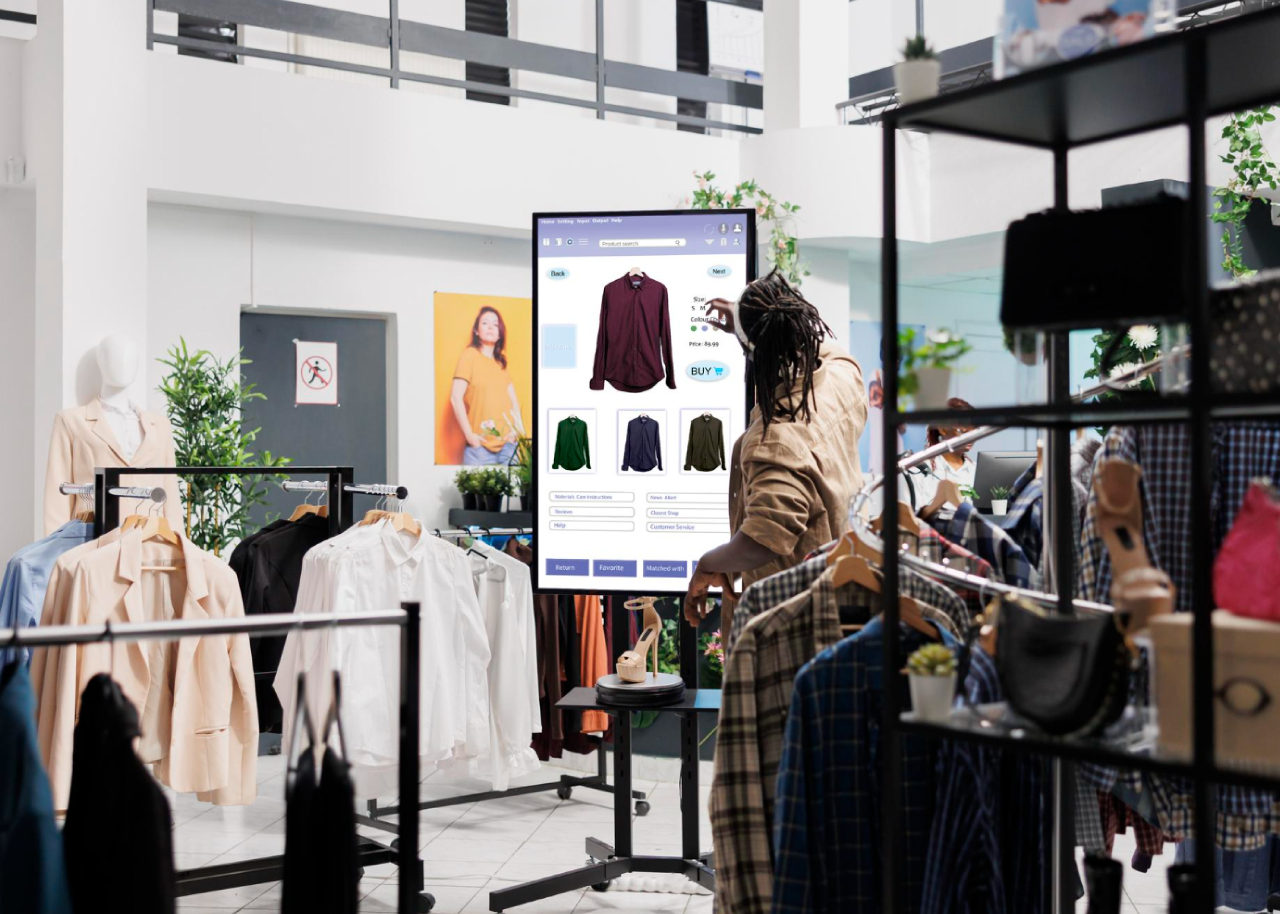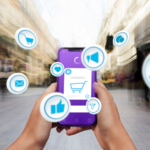We’ve been talking a lot about online versus offline, but what if they weren’t so separate? What if they could work together seamlessly? That’s the idea behind “phygital” retail, a trend that’s blurring the lines between physical and digital shopping.
Think about it: wouldn’t it be cool to use your phone to scan a product in a store and instantly see reviews, pricing comparisons, or even virtual demos? Or imagine trying on clothes in a fitting room with a smart mirror that suggests complementary items and allows you to request different sizes without leaving the room. That’s the kind of experience phygital retail aims to create.
We’re seeing more stores incorporating digital elements like interactive kiosks, augmented reality (AR) displays, and personalized digital signage. These technologies are designed to enhance the in-store experience, making it more engaging and informative.
Click-and-collect services, where customers order online and pick up in-store, are also becoming increasingly popular. This model combines the convenience of online shopping with the immediacy of physical retail. QR codes and mobile apps are also being used to bridge the gap, enabling seamless transitions between online browsing and in-store purchases.
But it’s not just about adding technology to physical stores. Phygital retail also involves creating a cohesive brand experience across all channels. This means ensuring consistency in messaging, pricing, and customer service, whether customers are shopping online, in-store, or on their mobile devices.
The challenge lies in creating a seamless and integrated experience that feels natural and intuitive. Businesses need to avoid simply adding technology for the sake of it and instead focus on creating experiences that genuinely enhance the customer journey.
Ultimately, phygital retail is about creating a more personalized and convenient shopping experience. It’s about leveraging the strengths of both physical and digital channels to create a unified and engaging brand experience.















